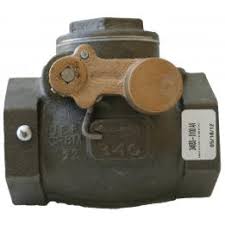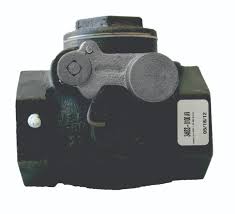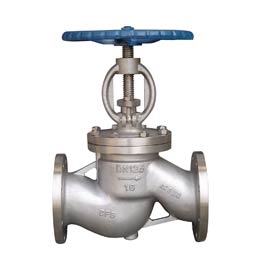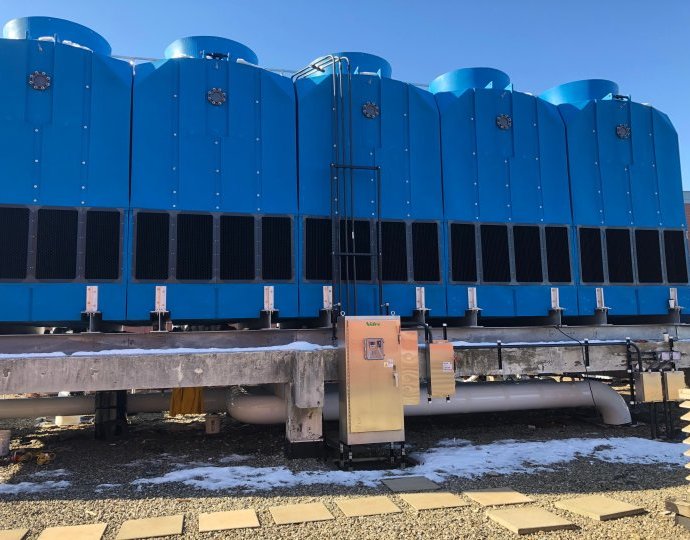FSV Series External Emergency Valve 1/2″ to 3″

The Application of External Emergency Valve
Introducing Cameron’s cutting-edge solutions in fluid control with the External Emergency Valve. As a leading External Emergency Valve Supplier, Cameron offers top-quality products tailored for various applications. From External Emergency Valve Installation to maintenance, our comprehensive External Emergency Valve Maintenance Guide ensures seamless integration and optimal performance. Trust Cameron for reliable, efficient solutions in fluid control, ensuring safety and peace of mind in critical emergency situations.
What Are The Types Of External Emergency Valve?
- Pressure Relief Valves: These valves are designed to automatically relieve excess pressure from a system to prevent overpressurization and potential damage.
- Emergency Shutdown Valves: Also known as ESD valves, these valves are used to quickly shut off the flow of fluid in emergency situations to prevent accidents or damage to equipment.
- Fire Safety Valves: These valves are specifically designed to control the flow of water or other fire suppression agents in the event of a fire, helping to contain and extinguish the flames.
- Safety Relief Valves: Similar to pressure relief valves, safety relief valves are used to relieve excess pressure in a system, but they typically have a higher capacity and are designed for more critical applications.
- Emergency Isolation Valves: These valves are used to isolate a section of piping or equipment from the rest of the system in emergency situations, helping to contain leaks or spills.
- Emergency Vent Valves: These valves are used to vent excess pressure or gases from a system in emergency situations to prevent equipment damage or hazardous conditions.
What Is External Emergency Valve?
An External Emergency Valve is a crucial safety device used in various industries to prevent or mitigate potential hazards during emergency situations. It is designed to quickly and effectively control the flow of fluids or gases in critical conditions, such as sudden pressure surges, fires, or equipment failures. These valves are typically installed externally to the main system and are activated automatically or manually to ensure the safety of personnel, equipment, and the environment. External Emergency Valves play a vital role in safeguarding operations and minimizing risks in emergency scenarios.
How to Select the Right External Emergency Valve?
Selecting the right External Emergency Valve involves considering factors such as the type of hazard, system requirements, and industry regulations. Assess the specific needs of your application, including pressure ratings, fluid compatibility, and environmental conditions. Consult with experienced engineers or suppliers to ensure the chosen valve meets safety standards and provides reliable performance in emergency situations.
Features of External Emergency Valve
- Quick Response: Provides a rapid response to emergency situations, minimizing potential damage or hazards.
- Automatic Activation: Can be configured for automatic activation based on predetermined conditions, ensuring swift action without human intervention.
- Reliable Shut-off: Ensures reliable shut-off of fluid or gas flow to prevent further escalation of emergencies.
- Durable Construction: Constructed from robust materials to withstand harsh environments and maintain functionality during emergencies.
- Versatility: Available in various configurations and sizes to suit different applications and industry requirements.
- Compliance: Meets industry standards and regulations for safety and performance, providing assurance of reliability and effectiveness.
- Easy Maintenance: Designed for easy inspection, testing, and maintenance to ensure readiness for emergency situations.
- Compatibility: Compatible with existing systems and infrastructure, facilitating seamless integration and operation.
- Remote Monitoring: Some models offer remote monitoring capabilities, allowing for real-time status updates and alerts during emergencies.
- Fail-Safe Design: Incorporates fail-safe features to ensure operation even in the event of power loss or system failures.

Advantages and Disadvantages of External Emergency Valve
Advantages:
- Enhanced Safety: Provides an additional layer of safety in critical systems, minimizing risks during emergencies.
- Quick Response: Offers rapid response times to emergency situations, reducing potential damage or hazards.
- Automatic Activation: Can be configured for automatic activation, ensuring swift action without human intervention.
- Reliable Shut-off: Ensures reliable shut-off of fluid or gas flow to prevent further escalation of emergencies.
- Versatility: Available in various configurations and sizes to suit different applications and industry requirements.
- Compliance: Meets industry standards and regulations for safety and performance, providing assurance of reliability and effectiveness.
Disadvantages:
- Cost: Initial investment and ongoing maintenance costs can be higher compared to standard valves.
- Complexity: Installation, setup, and maintenance may require specialized knowledge and expertise.
- Dependence on Power: Electrically operated valves are susceptible to power outages, potentially affecting their functionality during emergencies.
- Potential Failure: Like any mechanical device, External Emergency Valves may experience malfunctions or failures over time, requiring prompt maintenance or replacement.
- Compatibility: Compatibility with existing systems and infrastructure may be a consideration, especially in retrofitting applications.
- Training: Proper training of personnel is essential to ensure correct operation and maintenance procedures are followed.
The Specifications of External Emergency Valve
| Specification | Details |
|---|---|
| Type | Emergency Shut-off Valve |
| Ball Material | Stainless Steel |
| Attachment Type | Flanged |
| Thread Standard | N/A |
| Thread Size | N/A |
| Body Material | Carbon Steel |
| Safe for Use With | Various fluids and gases |
| Handle Type | Manual or Electric Actuator |
| Handle Material | Stainless Steel or Aluminum |
| Maximum Working Pressure | 150 psi |
| Maximum Working Pressure | 10.3 bar |
| Operating Pressure | 5-100 psi |
The Installation Steps for External Emergency Valve
- Preparation:
- Gather all necessary tools and equipment, including wrenches, bolts, and gaskets.
- Ensure the work area is clean and free from debris.
- Shut Off Utilities:
- Turn off the main power supply to the system to prevent accidental activation.
- Close the valves on both the inlet and outlet lines to isolate the valve.
- Positioning:
- Identify the optimal location for valve installation based on system requirements and accessibility.
- Ensure sufficient space around the valve for maintenance and operation.
- Attachment:
- Securely attach the valve to the mounting surface using appropriate bolts and fasteners.
- Ensure proper alignment and orientation of the valve with the flow direction.
- Connection:
- Connect the inlet and outlet pipes to the corresponding ports on the valve using appropriate fittings.
- Tighten the connections securely to prevent leaks.
- Sealing:
- Apply a suitable sealing material, such as thread sealant or gaskets, to ensure a tight seal between the valve and pipes.
- Tighten all bolts and fittings to the manufacturer’s specifications.
- Testing:
- Open the main water supply valves to pressurize the system.
- Conduct a leak test to ensure there are no leaks in the valve or connections.
- Operate the valve manually or electrically to verify proper functioning.
- Adjustment:
- Fine-tune the valve settings as necessary to achieve the desired operating pressure and flow rate.
- Ensure that the valve is calibrated to respond appropriately to emergency conditions.
- Labeling:
- Clearly label the valve and its controls to ensure easy identification in emergency situations.
- Provide operating instructions and emergency shutdown procedures for personnel.
- Final Inspection:
- Inspect the installation for any signs of leaks, loose connections, or improper alignment.
- Confirm that the valve is installed correctly and ready for operation.
The Operation Theory of External Emergency Valve
- Operation Theory of External Emergency Valve:
- The External Emergency Valve operates on the principle of rapid shut-off in critical situations to prevent further escalation of emergencies.
- When triggered, the valve swiftly closes to halt the flow of fluids or gases, mitigating potential hazards or damages.
- External Emergency Valve Price Comparison:
- External Emergency Valve prices vary based on factors such as brand, size, material, and features.
- Conducting a price comparison among different suppliers or manufacturers can help identify the most cost-effective option without compromising quality or safety.
- External Emergency Valve Troubleshooting Solutions:
- Common troubleshooting solutions for External Emergency Valves include:
- Inspecting for leaks or damages in the valve body or seals and repairing or replacing as necessary.
- Checking the actuator or control system for malfunctions and recalibrating or replacing components.
- Verifying proper installation and alignment of the valve to ensure optimal performance.
- Performing routine maintenance tasks such as lubrication and cleaning to prevent issues.
- Common troubleshooting solutions for External Emergency Valves include:

